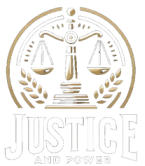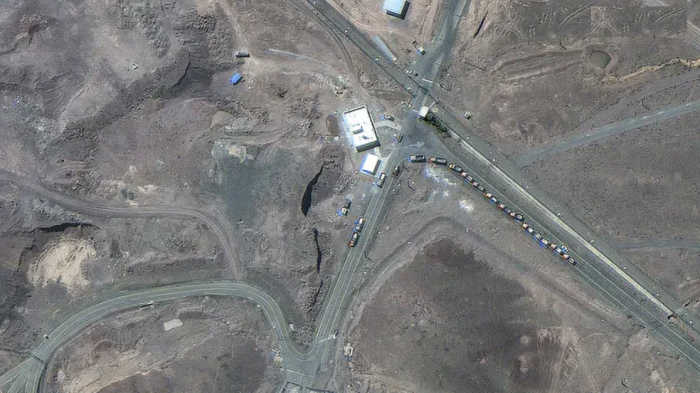Despite Trump’s claim of obliterating Iran’s nuclear program, Israel warns Tehran’s secret uranium sites could ignite the next Middle East war.
Former U.S. President Donald Trump’s declaration that American strikes “obliterated” Iran’s nuclear infrastructure this summer has rattled the Middle East — but experts and intelligence sources caution that Tehran’s nuclear ambitions remain dangerously alive. Far from being destroyed, Iran’s weapons program has gone deeper underground — literally.
The 2015 Joint Comprehensive Plan of Action (JCPOA) has collapsed. International sanctions are back in force, and Iran has barred nuclear inspectors from accessing new facilities. Israeli intelligence assesses that the Islamic Republic still holds enough enriched uranium for up to 11 nuclear warheads. In contrast, Tehran insists its stockpiles were wiped out — a claim dismissed by Western analysts as propaganda.
At the heart of the new crisis lies a mysterious subterranean complex in central Iran, codenamed “Pickaxe Mountain.” Satellite imagery reveals vast tunneling operations — a suspected nuclear site beyond the reach of bunker-busting munitions. Israel’s defense establishment views the facility as an existential threat. One senior official warned, “If Pickaxe Mountain becomes operational, Israel will have no choice but to act.”
Tehran, meanwhile, is arming for retaliation. The regime has reportedly readied thousands of missiles, mobilized its Islamic Revolutionary Guard Corps (IRGC), and activated its proxy networks from Lebanon to Yemen. Iran’s supreme leader Ayatollah Ali Khamenei called U.S. claims of success “a delusion born of arrogance,” while Foreign Minister Abbas Araghchi demanded “guarantees and compensation” before any future negotiations — conditions Washington rejects outright.
The International Atomic Energy Agency (IAEA) believes much of Iran’s uranium survived the summer’s bombardment, though verification remains impossible. The opacity fuels Israel’s growing alarm. Jerusalem has long maintained that Iran’s nuclear threshold cannot be tolerated, with Prime Minister Benjamin Netanyahu warning repeatedly that “those who do not stop Iran with words will face Iran’s weapons.”
Across the region, even traditional Arab rivals now quietly align with Israel’s assessment. Saudi Arabia, Egypt, and the UAE are coordinating with Washington and Jerusalem, forming an anti-Iran axis of stability that leaves Tehran isolated and cornered.
The geopolitical fault lines are clear: Iran is rearming in the shadows, Israel is preparing for preemptive action, and the world stands once again on the edge of confrontation.
As one Israeli strategist put it bluntly: “Pickaxe Mountain may be Iran’s final gamble — and Israel’s next target.”





